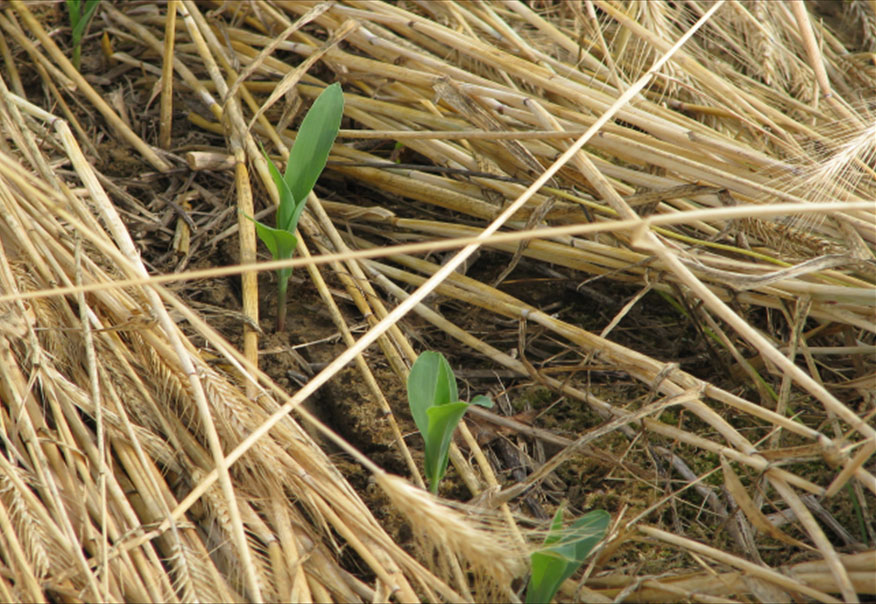Sustainable…what comes to mind when you hear this term? According to Meriam-Webster dictionary, sustainable means the method of harvesting or using a resource so that the resource is not depleted or permanently damaged. When we think about the movement throughout the agriculture industry, sustainable has grown exponentially.
We have said time and time again that production starts in the soil. As Doreen has explained, there is a difference between soil and dirt. Soil is alive and all good production starts there. We’ve all heard of the Dust Bowl; its impact changed our farming techniques for years and will continue to change it for years to come.
Time for a little history lesson. The Dust Bowl happened in the 1930s and was the name given to the drought that caused the destruction of crop lands and the death of livestock throughout the plains. After the Civil War, new and inexperienced farmers were encouraged west due to a series of federal land acts. With the combination of the influx of farmers, agricultural practices at the time and regional climate changes the Dust Bowl was born.
During World War I, an increased demand for wheat and other row crops pushed farmers to plow millions of acres of native grasslands. There is that term, “native”, which often you see us use this term because of its importance. We are so eager to beautify our yards and other areas, we introduce foreign plants to our area. Many times, these foreign plants are invasive species, which is detrimental to our native plants, animals, and insects.
Then came along the Great Depression, and in desperation farmers plowed even more grasslands in hope to break even.
With the onset of the drought in 1931, the over-plowed “grasslands” began to erode due to lack of moisture, causing massive “dust storms”—hence the name the “Dust Bowl”.
What do we know from this? Continued plowing and exposure to the heat and weather is bad for our soil. With this knowledge the introduction of no-till, cover crops and sustainable agriculture was born. Throughout the country there are many farmers and producers who have accepted the “no-till” technique and understand the health of the soil is a very important component to crop production.
Today, some believe sustainable is not enough, which brings the introduction of regenerative agriculture. Regenerative agriculture, defined by Regenerative International, “describes the farming and grazing practices that, among other benefits, reverse climate change by rebuilding soil organic matter and restoring degraded soil biodiversity.”
As stated before, it all starts in the soil. So, get those soil tests, and figure out what your soil is telling you. It tells a story, whether it is with weeds, insects, moisture, or microbiology. By getting a simple soil test you can determine what your soil needs. You need to think of your soil as being alive, a living, breathing host, so to say.
I’ve focused mainly on crop production, but our soil is important to livestock production as well. When we think of the Dust Bowl and remember the impact it had on our fields and crops, we also need to remember its effect on livestock production. It resulted in a loss of thousands of animals due to drought and lack of nutrition. You cannot place a heard of cattle in a field and just hope for the best, that is why they call it “production.” How many of you throw all the ingredients in a pan and do nothing else and call it supper? Everything takes time, takes effort, takes sacrifice. Our hope is that at the end of it all we have healthy, viable, and nutritious products.
I do not consider myself an expert in the field by any means, but I do know a change is needed for the survival of our planet. This will not be an overnight fix and it will not come welcomed by all, but a single drop still makes a ripple, then we watch it grow.
Our annual berry plant sale is going on now through April, 26th. | Order Online Today! • Our annual fish sale is going on now through April, 26th. Pickup day is May 7th. | Order Online Today! • We will be on Live At Noon on Tuesday, April 23, 2024 with Melissa.
